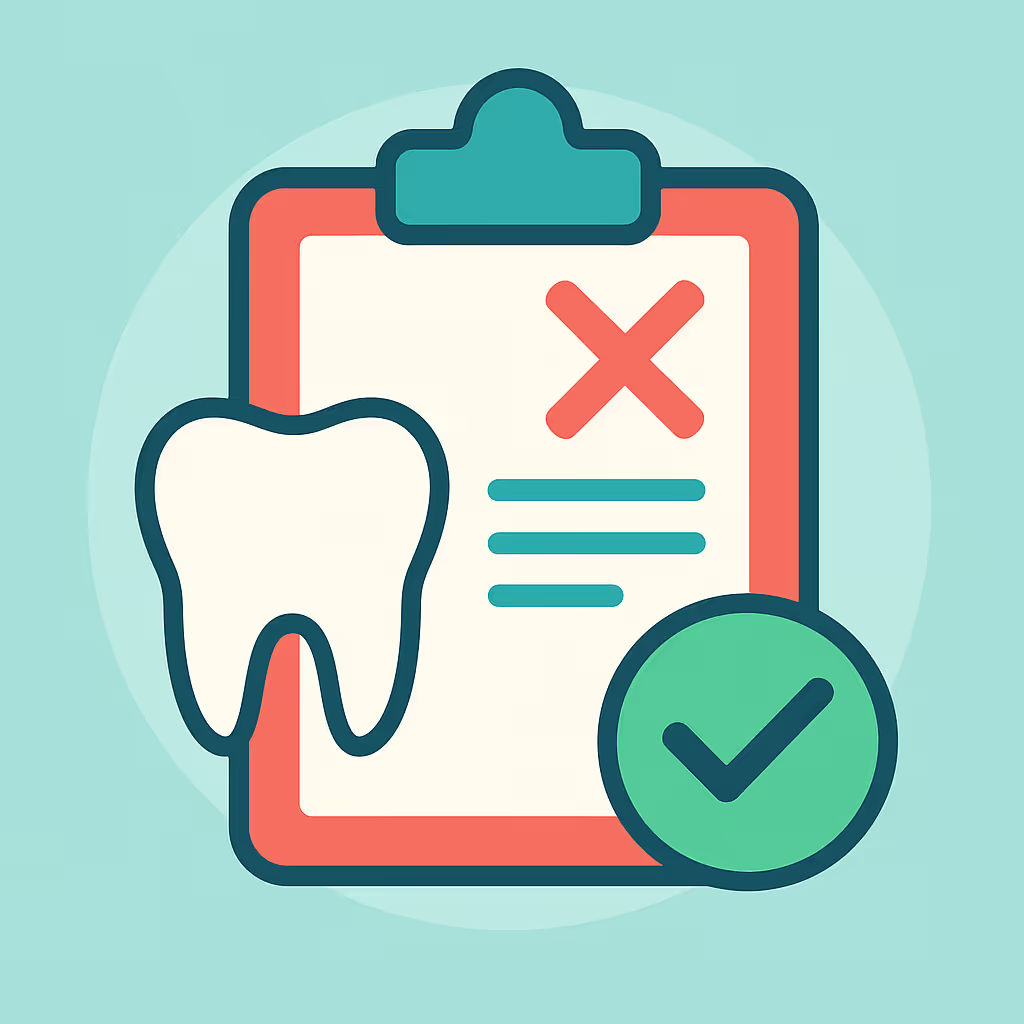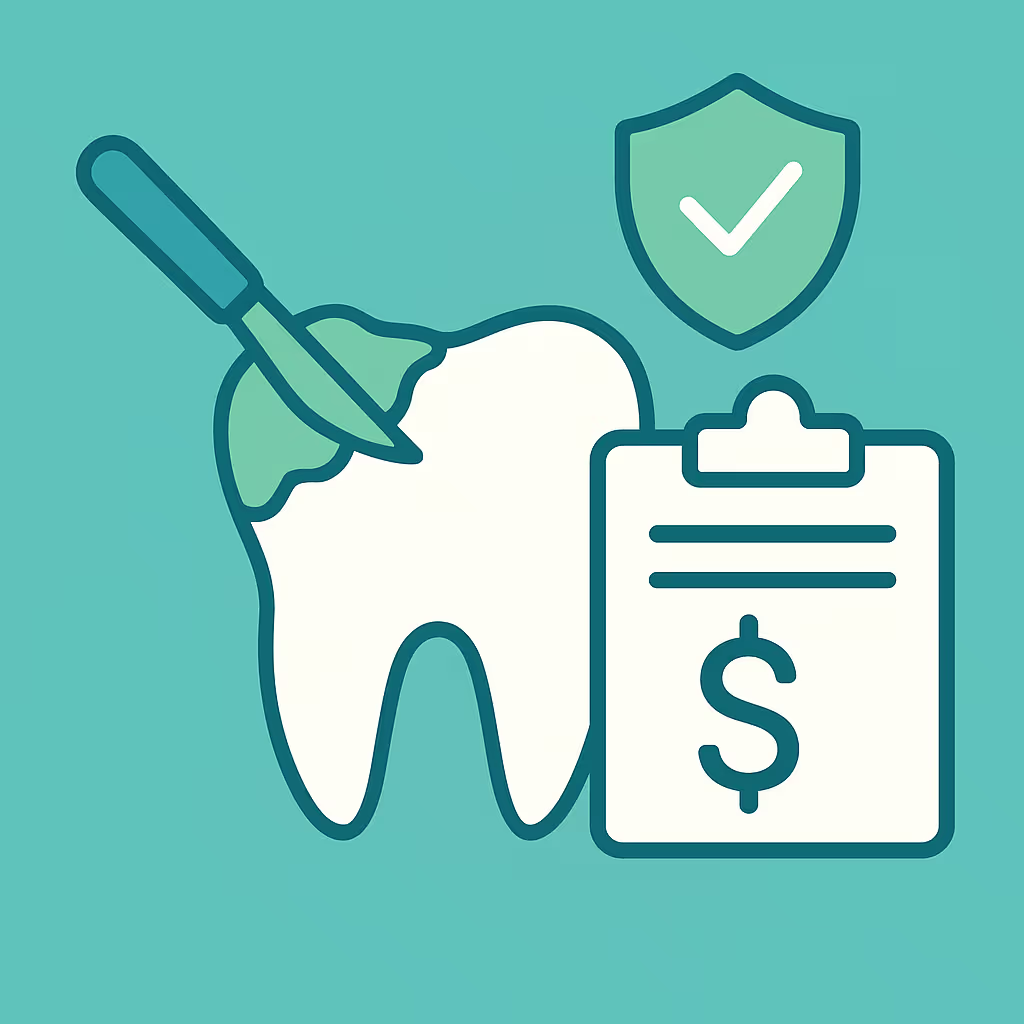Understanding Dental Code D1557
When to Use D1557 dental code
The D1557 dental code is designated for the removal of a fixed bilateral space maintainer. This CDT code is specifically used when a dentist removes a space maintainer that spans both sides of the same dental arch. Space maintainers are commonly placed in pediatric patients to preserve arch space after premature loss of primary teeth, and their removal is a distinct, billable procedure when the appliance is no longer needed or if it requires replacement due to damage or patient growth.
Documentation and Clinical Scenarios
Accurate documentation is crucial for successful billing and insurance reimbursement. When using D1557, ensure your clinical notes clearly state:
- The reason for removal (e.g., eruption of permanent teeth, appliance failure, or completion of treatment goals)
- The type and location of the space maintainer removed
- Any patient symptoms or complications leading to removal
- Date of original placement and code used (e.g., D1510 for unilateral)
Common clinical scenarios include routine removal at the end of treatment, removal due to breakage, or when the appliance interferes with normal oral development. Always include intraoral photos or radiographs in the patient record to support the necessity of the procedure.
Insurance Billing Tips
To maximize reimbursement and minimize denials for D1557, follow these best practices:
- Verify coverage: Not all dental plans cover space maintainer removal. Check patient benefits prior to treatment and document eligibility in the patient’s file.
- Submit detailed narratives: When submitting claims, include a concise narrative explaining why the removal is necessary. Reference supporting documentation such as radiographs or progress notes.
- Use correct CDT codes: Ensure you are not double-billing for removal and placement on the same date unless clinically justified and separately documented.
- Track EOBs and AR: Monitor Explanation of Benefits (EOBs) for denial reasons and follow up promptly with appeals if removal is a covered benefit but was denied due to lack of documentation.
For claim appeals, attach all supporting documentation and reference the original placement code and date to demonstrate medical necessity.
Example Case for D1557
Case Study: A 9-year-old patient had a fixed bilateral space maintainer placed two years ago after premature loss of primary molars. At a routine recall, radiographs show the permanent teeth are erupting in proper alignment, and the appliance is no longer needed. The dentist documents the reason for removal, takes intraoral photos, and submits a claim using D1557 with a narrative: “Removal of fixed bilateral space maintainer due to successful eruption of permanent teeth. Appliance no longer indicated.” The claim is processed and reimbursed after insurance verification and submission of supporting documentation.
By following these steps, dental teams can ensure accurate billing and timely reimbursement for D1557 procedures.





